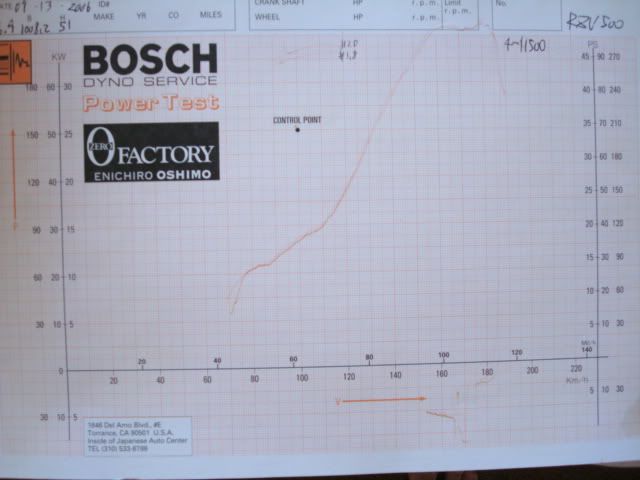This morning I was intrigued by how the powerband on a 2 stroke engine works. I know the powerband on a 4 stroke is mostly linear, where the power is normally always there, but when you hit the powerband on a 2 stroke, you get slammed with immense acceleration and power, mostly on the upper end of the throttle range, I believe.
But, my question is how does the powerband work on a 2 stroke???? What happens with the engine and exhaust WHEN that powerband occurs, and why?
I've looked around on some articles on google, but they got to the point where they were talking about how 2 strokes don't use oil contained inside of them to lubricate them, but it gets its lubrication from the fuel, and some other things that I don't think are fully true, so I don't want to take what that article wrote as truth. Can anyone shed some light on the matter???



 Reply With Quote
Reply With Quote



